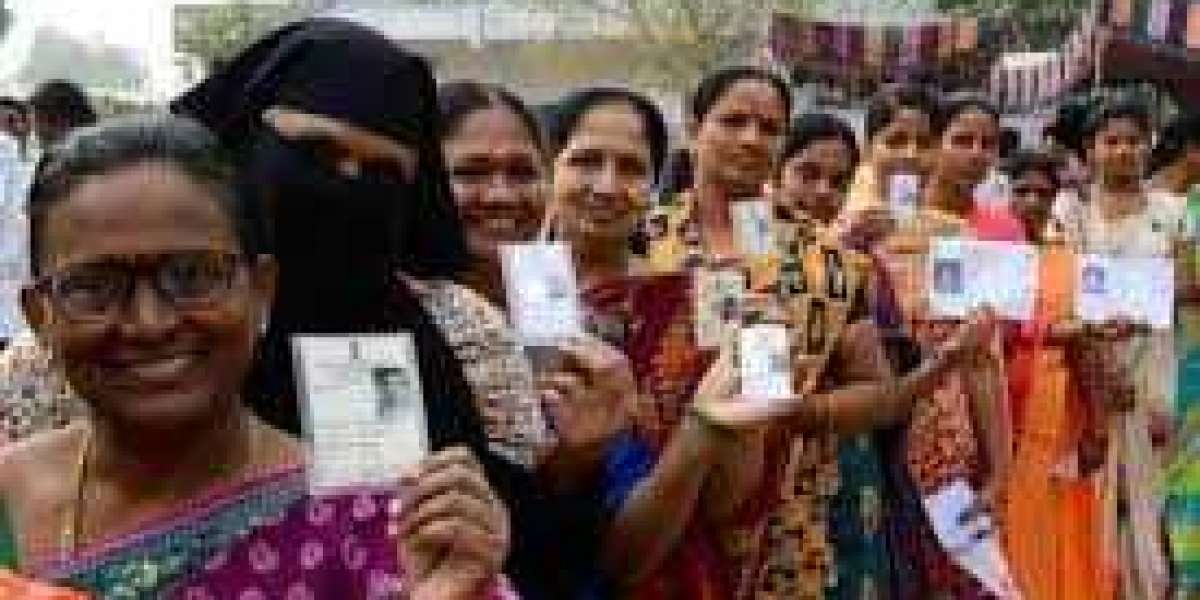The size of the indian electorate voting for the 17 th Lok Sabha elections is as big as 36 democracies of the world! Thus, in order to understand politics in India it is important to understand the features and psyche of the voters and what determines their voting behaviour.
National Election Study conducted a survey in 2004 showing that 60% respondents have no interest in politics. 72% among them being women and non-literates. Surprisingly in 2006, 64% couldn’t name the prime minister. Interestingly, such ignorance doesn’t hinder political perception. NES survey showed that 88% voters supported democracy. Though illiterate, Indian voters have their own perception about democracy and play a significant part in the political scenario.
Sadly, their voting behaviour is determined by a lot of factors but rationality. Highly influenced by
mass manipulation , fears and charismatic leadership electorate end up voting on lines of mainly
caste and religion.
CASTE
The first democratic upsurge in 1960 brought a huge number of OBCs and ‘middle castes’ in the
political game. Congress was no longer the dominant party like in the first 4 general elections. The
1989 general elections saw the coming together of the umbrella ‘JANTA DAL’. The Mandal
commission’s request for OBC reservations was implemented. BJP’s Rath Yathra and demolition of
the Babri Masjid changed political allignments. Congress was no longer the sole party. The parties originally found as caste parties were now widening there scope and aimed for the national elections and along with the left parties formed the Third Front.
RELEGION
Muslim electorate representation lowered from 9% to 6% from 1980s to 90s owing to factors like
caste considerations in politics and exclusion by BJP. There is nothing like a muslim bloc at the
national level and thus being divided on lines of region, sect and community they voted for different parties in different states. However today the existence of parties like the Muslim League, Shiv Sena, RSS, VHP, Hindu Mahasabha etc deeply affect voting behaviour.
Caste is by far the most important determinant of voting behaviour due to it’s deep roots in the
society. “ jat ki vote jat ko” , Brahmin vs jat votes, jat vs ahir votes form the ‘principle” in planning. Other factors include money, campaign and local problems. Although not very openly, parties woo their voters by persuasion through money, liquor and transportation. Sometimes,voter's sentiments for a party or leader make them change their vote at the last moment like when Indra Gandhi’s assassination created sympathy in people resulting them favouring congress in the election.
Needless to say imparting education amongst people could change the scenario. So is that the reason illetracy prevails in India? Do the power hungry prosper amidst disorder fearing a rational audience and is blinding the indian electorate the ultimate goal.






